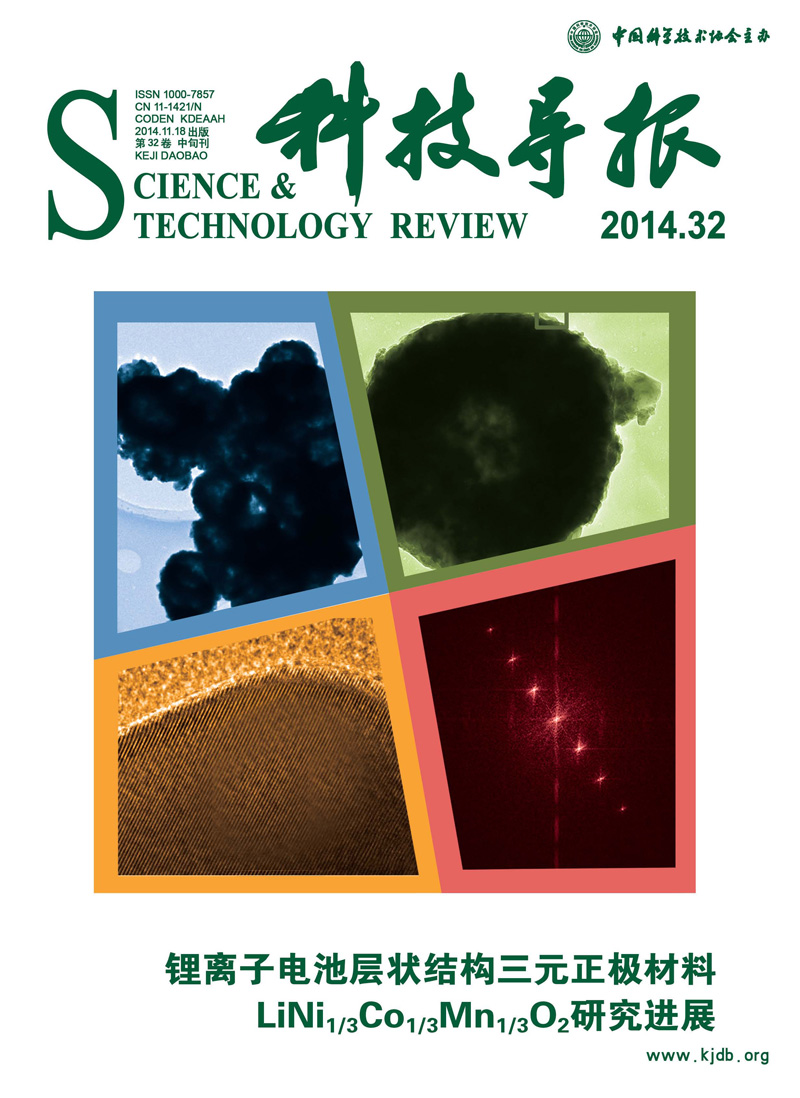FAN Zhenzhong, ZHENG Weidong, ZHANG Xianfeng, LI Hong, WANG Shaohua
In the present work, the effects of quenching transfer time on the mechanical properties and microstructure of A357 aluminum alloys are investigated by using optical microscopy (OM), scanning electron microscope (SEM), differential scanning calorimetry (DSC), transmission electron microscopy (TEM), as well as tensile mechanical properties testing methods. The results show that with the increase of quenching transfer time from 3 s to 49 s, the tensile strength, yield strength and elongation of A357 aluminum alloys are reduced from 351 MPa, 275 MPa, and 12.4% to 320 MPa, 254 MPa, and 6.5% , respectively after T6 heat treatment, together with a continuous declining of tensile strength, tiny variation of yield strength and a continuous variation of elongation. The average length and width size of silicon particles are 10~25 μm and 5~10 μm, respectively, and the morphologies of neonatal and eutectic silicon particles evolve from needle and lamellar structures to spheroidal and rod structures after the T6 heat treatment process. Silicon particles are shown as needle and lamellar mostly when the quenching transfer time exceeds 35 s. The tensile fracture morphology is observed as dimple and intergranular fracture, and the intergranular fracture is increased with the prolonged quenching transfer time. Magnesium and silicon elements are distributed nearby the grain boundaries and the binary and ternary eutectic structures, whereas the aluminium elements are concentrated in the grain and grain boundaries. The length and width size of Mg2Si phase are 0.2~1 μm and 0.02~0.08 μm, respectively, the precipitation amount and size ratio of Mg2Si phase are declined, together with the decreases of strength and ductility of A357 aluminum alloy with the prolonged quenching transfer time.


